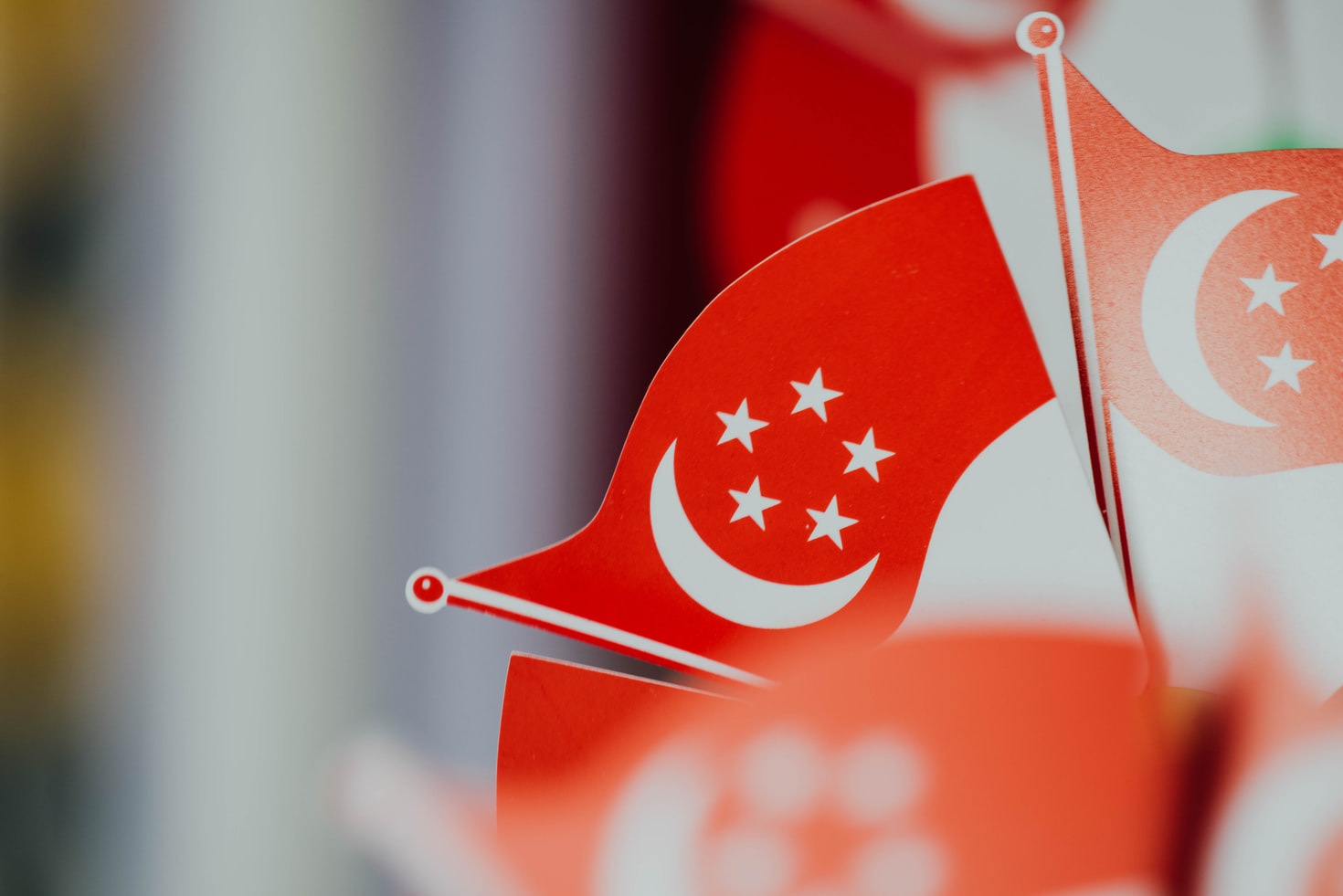Singapore is, undoubtedly, one of the fastest-growing economies in the world. Moreover, the country takes 2nd place considering the ease of doing business in Asia. That’s why running a business in Singapore seems a lucrative opportunity for entrepreneurs. However, they have to take into account that the increase in the number of technological inventions requires greater protection.
To have an exclusive right for using an invention, you’ll need to go through a patent registration process. Let’s look at steps that are encompassed in the overall procedure.
Priority Date and Patentability
Apart from standard requirements, your invention’s patentability depends on whether there were publicly available descriptions and use of the invention before the filing date. Therefore, the earlier you file a patent in Singapore, the better.
If you already have an international patent application, you can indicate it while filing a patent in Singapore and use the earlier priority date. Thus, you will increase your chances of success.
For instance, your rival started using a similar invention in Singapore. If you filed an international patent application earlier, you’ll still be able to patent it due to the earlier priority date.
Patent Application
An application must be submitted through E-Portal for Intellectual Property Registration in Singapore and include the following:
- A description of the invention, including drawings (in black & white or grayscale);
- A list of claims, that explains the scope of protection of the patent, i.e. what others can’t do after the patent is granted;
- Abstract of the invention;
- Applicant’s identity;
- Application fee ($160).
If claims are not ready, you may use a provisional application. Thus you’ll have additional 12 months to complete the procedure, despite the fact that your patent will be protected from the filing date (if granted).
Preliminary Examination
After submitting the patent application the Registrar of Patents will conduct its preliminary examination. This process is aimed to ensure that the application documents meet the requirements and are complete. Additionally, similar inventions will be examined to check if other inventors filed a patent before the filing date of your patent.
If there are documents that are not compliant with the requirements, the Registrar notifies the applicant. Then you’ll have 2 months to amend the application. If the patent application isn’t amended, it will be treated as abandoned. Otherwise, the Registrar will notify the applicant that the application passed the preliminary examination.
Publication of the Patent Application
All details regarding your patent application will be published in Patents Journal within 18 months from the filing date, making it publicly available. If you want it to be published earlier, you may request it using Patents Form 9.
After the patent publication, the applicant can take action against competitors for infringement, even though the patent has not been granted.
Search and Examination
During the search process, the Registrar’s patent examiner gathers information related to prior art, i.e. similar invention before the priority date of the current application. The report will comprise the following:
- Proof that invention is novel or there were prior inventions;
- Information that demonstrates an inventive step in the relevant industry.
The examination process, in turn, involves inspection of the search report to determine whether the patent meets the criteria to be patented. These include novelty, having an inventive step, and the capability to apply the invention in the industry.
During this stage the applicant can choose one of the four routes, depending on cost and the availability of previous international search and examination results.
If the invention doesn’t satisfy legal requirements to be patented, it’s stated in a written opinion sent to the applicant. After that, you’ll have 5 months to amend the patent application. Otherwise, the Registrar will send the Notice of Eligibility for the grant of the patent.
Grant of patent
After getting the Notice of Eligibility the applicant has to submit an application for the issuance of the Certificate of Grant. If all requirements are met, the Registrar issues the Certificate of Grant within 2 months. Your patent will be protected for 20 years from the filing date or priority date (the earlier one will be chosen).
Depending on the invention and amendments made during these stages you’ll need approximately from 2 to 4 years to get a patent.
Do You Have to Engage a Lawyer?
There are no legal requirements in Singapore regarding professional help, so you can choose whether you want to file a patent by yourself or seek the services of a patent agent.
The lawyer will give advice on the patentability of an invention as well as help prepare carefully drafted applications to increase the likelihood of getting a patent.







